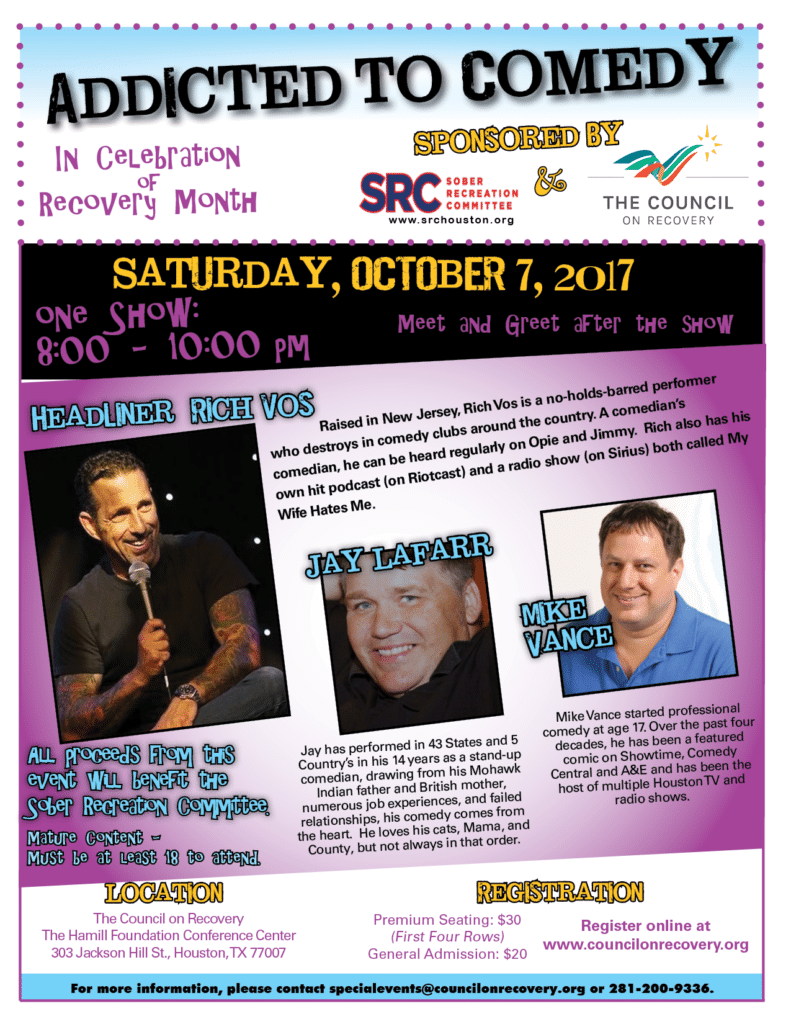Guest Blogger and long-time Council friend, Bob W. presents Part 16 of a series dealing with Alcoholism and Addiction from a Mystical, Mythological Perspective, reflecting Bob’s scholarly work as a Ph.D. in mythological studies.
Dante and Virgil, having finally escaped Hell, the Inferno, find themselves traveling through the Earth into the light of day, on the other side of the world. Now they must traverse upward, through the circles of Purgatorio. In the Church of the time, Purgatory was a place where souls, otherwise in God’s grace, needed further purification, further temporal punishment to become holy enough to enter Heaven. In Dante’s poem, Purgatory is effectively the reverse of Hell, structured as a mountain with rising terraces, each dedicated to one of the Seven Deadly Sins, in reverse order from The Inferno. Each terrace is where souls with one of the sins encounter a process of purification dictated by the representative sin.
The punishments are much less severe, temporal in length, and designed to “correct” and “purify” the soul. We could see this as a representative parallel to our efforts in our early stages of Sobriety. This seems a reasonably good parallel to the practice of working the Steps of Four through Nine. We must record our history in the disease and then reveal it to another. From this we identify our “defects of character,” ask God for their removal, and then work to correct the effects they had on our life by seeking forgiveness from all those we had harmed.
Having achieved such a purification in Purgatorio, the souls reach a pinnacle, a sort of paradise on earth. The top of the Purgatorio mountain is just such a paradise, it is the Garden of Eden before the Fall of Man. For us, this could be seen as a place of Steps 11 and 12, where we develop the conscious contact with God and begin to practice the principles and pass on the revelations.
From here, Dante proceeds on to Heaven, Paradiso. Virgil has had to leave him in Purgatory, since, in the beliefs of the Church of the time, his not being a Christian has obviated his worthiness to enter Heaven. In his place, Dante has connected with Beatrice, the love of his early life and the symbol of purity and perfection, and she becomes his companion in Heaven. They ascend above the Earth, traveling to the Moon and the Planets, each housing a realm more beautiful and bright than the one before, until finally reaching the company of all the angelic beings and the Trinity. The brightness and serenity of this final place is a perfect representation for those of us in the glow of fully committed Sobriety, perhaps the most perfect rendition of the “Sunlight of the Spirit.”



 The Council on Recovery, the area’s leading non-profit provider of addiction and mental health services, has rapidly deployed many of its counselors and social workers to area shelters to help evacuees cope with the emotional impact of Tropical Storm Harvey. The Council has also sent recovery coaches and volunteers to shelters to help facilitate on-site support groups for flood victims who are struggling with addiction in the aftermath of the storm.
The Council on Recovery, the area’s leading non-profit provider of addiction and mental health services, has rapidly deployed many of its counselors and social workers to area shelters to help evacuees cope with the emotional impact of Tropical Storm Harvey. The Council has also sent recovery coaches and volunteers to shelters to help facilitate on-site support groups for flood victims who are struggling with addiction in the aftermath of the storm.